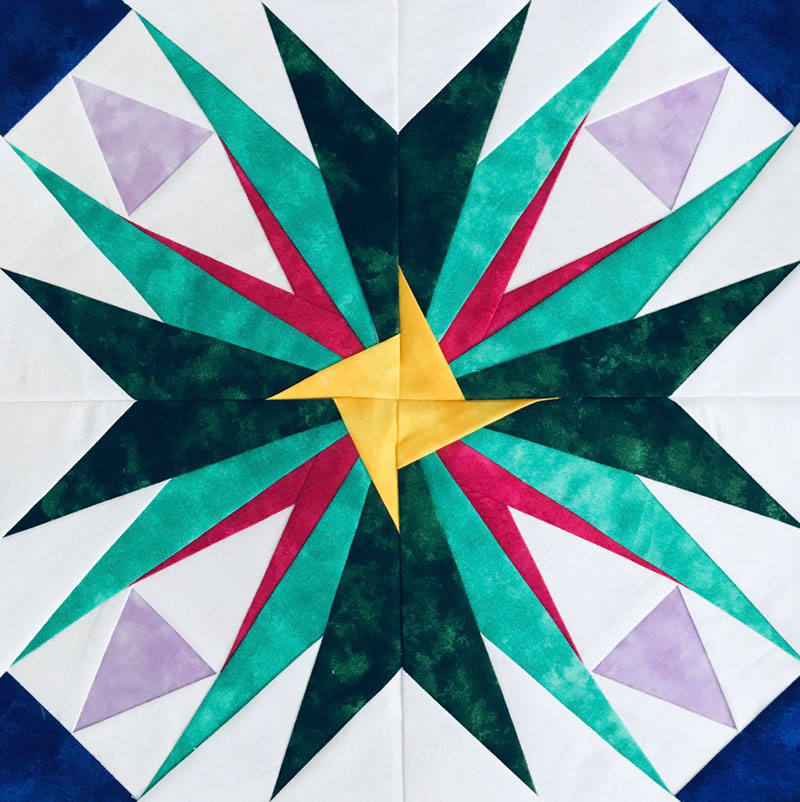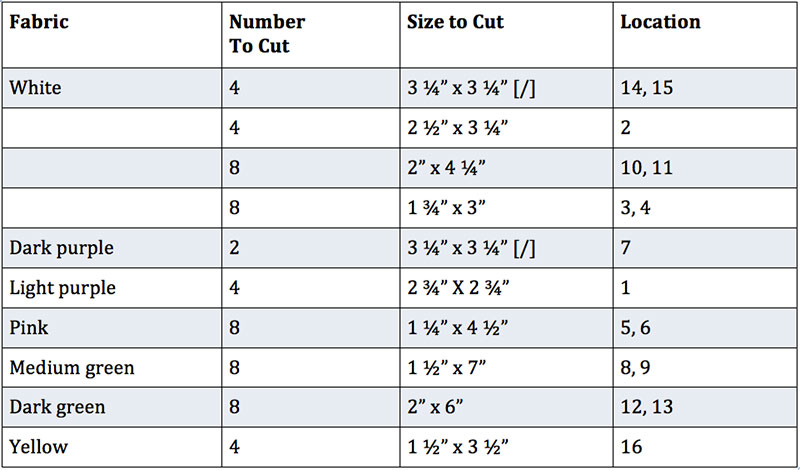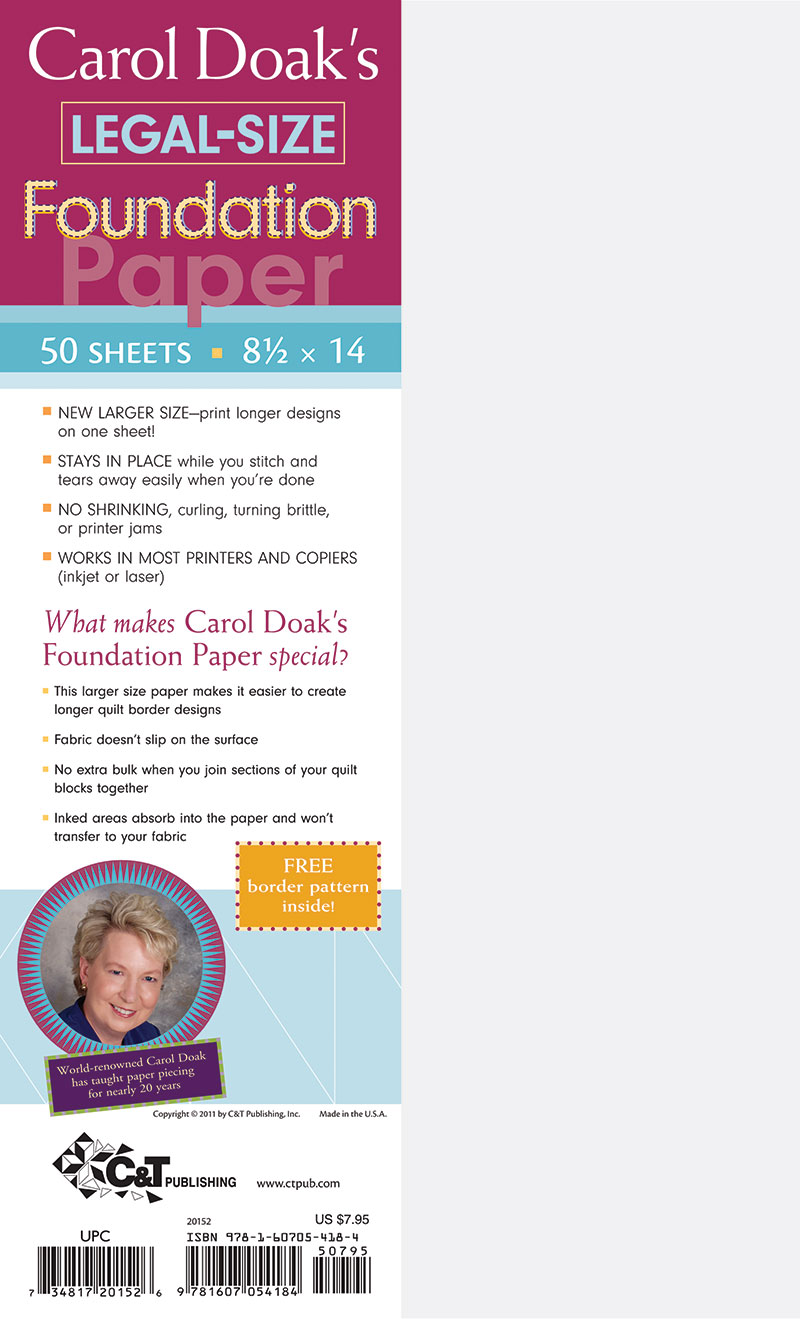The Long and Winding Road to Carol Doak's Foundation Paper
Posted by Carol Doak on Apr 29th 2019
It was the early '90s when I wrote my first magazine article about the ease and accuracy of creating patchwork patterns on a paper foundation. I drew three pattern examples on graph paper because this was before I owned a quilt design computer program. To be honest I am not sure if they even existed at that time. I used to design my full-size quilts on graph paper to scale so I was comfortable with the process. I loved the accuracy that I could produce by sewing on paper. However, when I went to remove the paper from these first sample blocks, the task was not easy, and I could see the stitches were being stressed. Hence, my search for the perfect paper-piecing paper began.
Next I tried tracing paper. I could design the blocks and trace them on to tracing paper. The drawbacks were that I could not print the foundations on tracing paper, and the paper would curl from the heat of an iron. The ink also came off easily, and the paper was rigid and would not ease when joined to other blocks.
The search was continuing when I was approached by a national quilting magazine to write a series of articles about the different types of foundation paper opportunities. Now my search had become a science project. I tested about a dozen types of foundations and listed the pros and cons of each.
My perfect foundation paper would go through a desktop printer, be absorbent (so the ink would not come off on the pressing surface), hold up through the sewing process, not curl from the heat of an iron, not be bonded (so it would ease when being joined to other foundations), and remove easily without putting stress on the stitches. I also discovered that the perfect stitch length was 18-20 stitches to the inch and that the ideal needle was 90/14.
When C&T Publishing offered me the opportunity to work with them to source out my perfect paper-piecing paper, I was thrilled. To be honest, I simply wanted a product that I and my students would enjoy using for paper piecing. After testing several types of paper (trust me, there are many types of paper), we settled on the paper that is packaged in Carol Doak's Foundation Paper. I have never used any other paper since.
When I wrote the book Carol Doak's Creative Combinations, legal-size paper was required because the foundations were 12 1/2" long. I assumed we could use the same paper; however, when we tested it in printer, it was too light to feed through properly. Again, we sourced a similar paper that would feed through properly but had the same qualities as the Carol Doak's Foundation Paper in the letter size.
I thank my lucky stars every time I use Carol Doak's Foundation Paper to paper piece, because I know I have the perfect foundation paper for my projects.
Radiant Garden Block

When I was approached about writing this blog post, it was suggested that I might design a new paper-pieced block to share. As someone who has designed thousands of paper-pieced blocks, the opportunity to design a new one is just too hard to resist. I decided to use the garden theme for my color selection since spring is upon us. I used the long intricate lines of a radiant block with sharp points to show off the benefits of paper foundation piecing. Although I have been doing this technique for nearly thirty years, new people are discovering the qualities of paper piecing every day. This intricate block is created by joining four blocks together in a four-block rotation. Enjoy your Radiant Garden Block.
Cutting List for One 12" Block (Four 6" blocks joined.)

[/] Indicates to cut the designated number of squares and cut them once diagonally.
Download the block pattern HERE!









